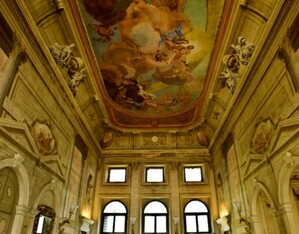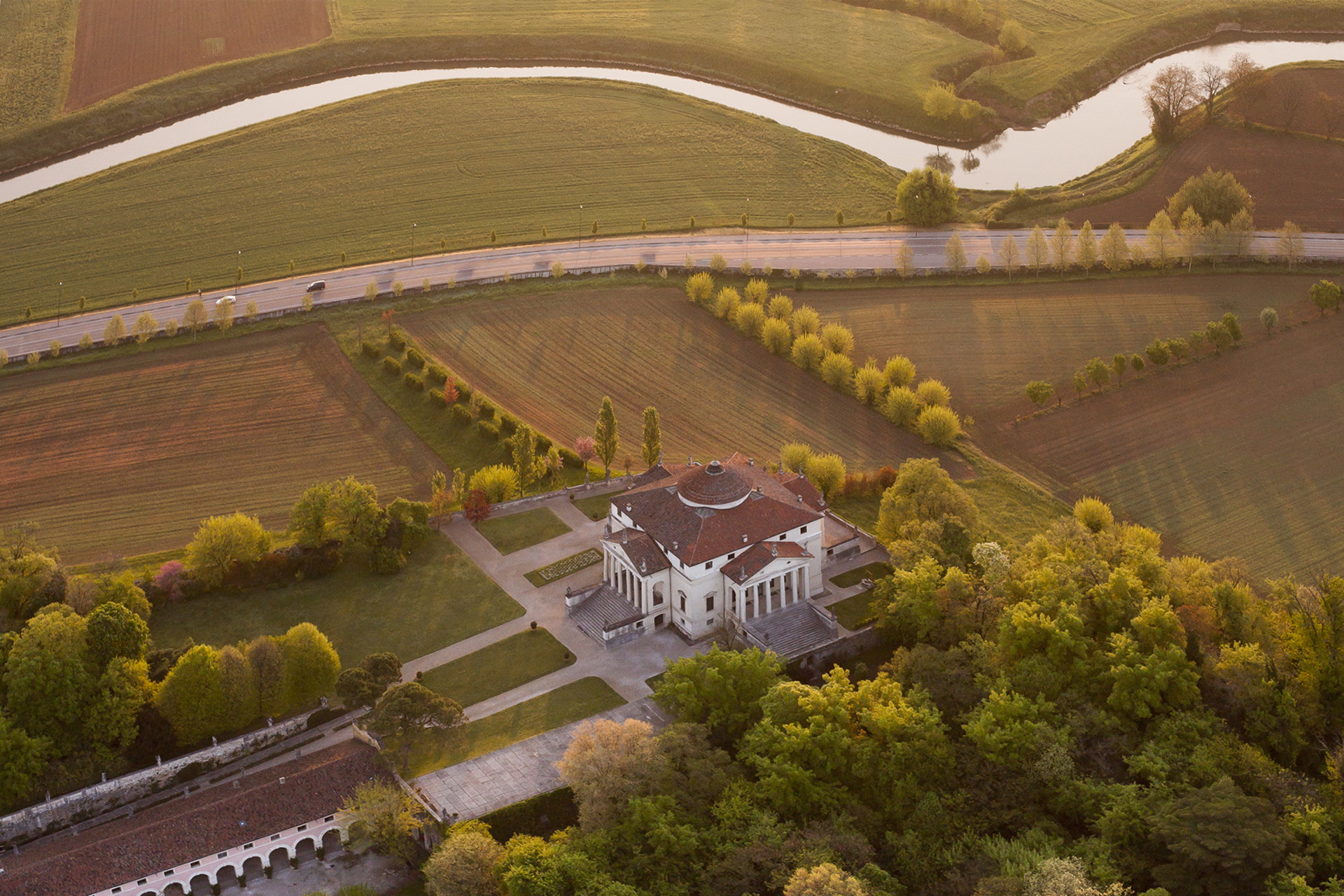“The Virtue of ‘Truth’ generated this attraction made by ‘Verita’. Enjoy, guest, enjoy and go away happy!”. So says the “lex hospitalis” inscription that, playing on the original owners’ name, welcomes visitors to this villa crowned by a beautiful Italian-style garden with clear Roman Renaissance references.
Also known as “il Boschetto”, this complex dominates the surrounding landscape of vineyards, and was poet and philosopher Gerolamo Verità’s favourite residence. In 1604 his nephew, who shared the same surname, enlarged the residence to a design attributed to Domenico Curtoni, combining the buildings and garden into an overarching and unitary system. The formal arrangement spanned three terraces, with scenic staircases, fountains and a theatre, only part of which has survived to this day. Indeed, the Villa we see today is the result of works carried out in the latter half of the 18th century by the Montanari Counts, thought to be to a design by Alessandro Pompei. The Grassi family took over the villa in the early 20th century. Today, it is owned by the Fraccaroli family. The garden is divided up into an elegant hanging parterre, geometrically subdivided by hedges and evergreens shaped in a variety of forms, with a large mixtilinear fishpond in the centre crowned by a sculpture of Hercules and Antaeus, created in around 1595 by Girolamo Campagna. Converging flights of stairs lead from here to the “Boschetto” where a theatre once stood, though only a few stones of its cavea remain. A staircase, its parapets covered in decorative motifs, channels water like the water cascades at Renaissance villas around Rome (for example, Villa Lante in Bagnaia and Villa Farnese in Caprarola). This connects the parterreto a large area with a small lake and wooded banks, overlooked by a grotto-nymphaeum with three openings and three fountains. Further interesting underground elements are an ice-house and “roccera” rock garden.





